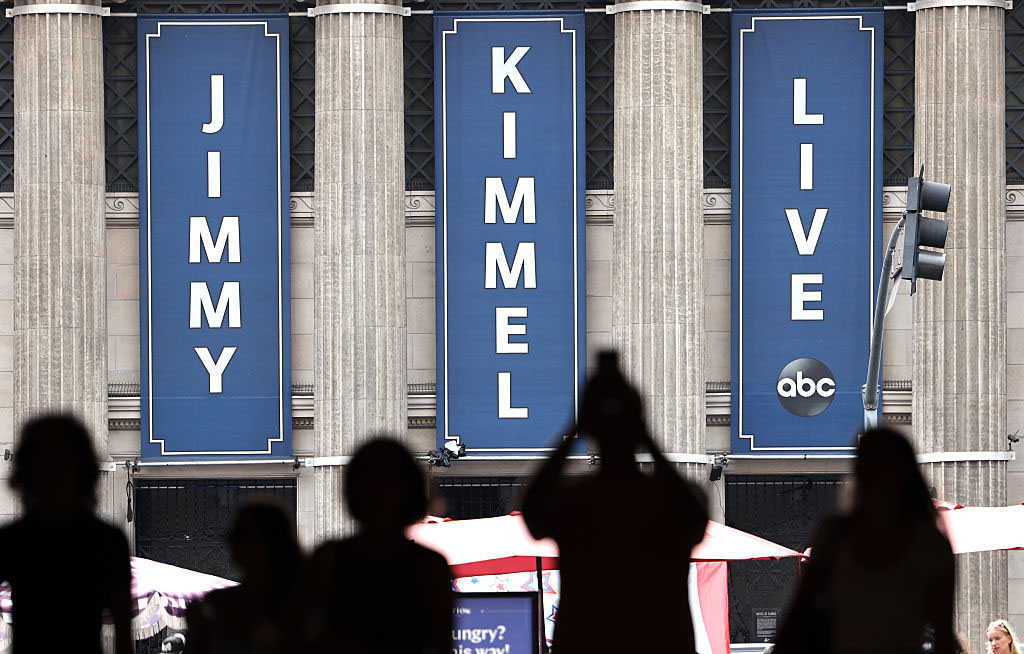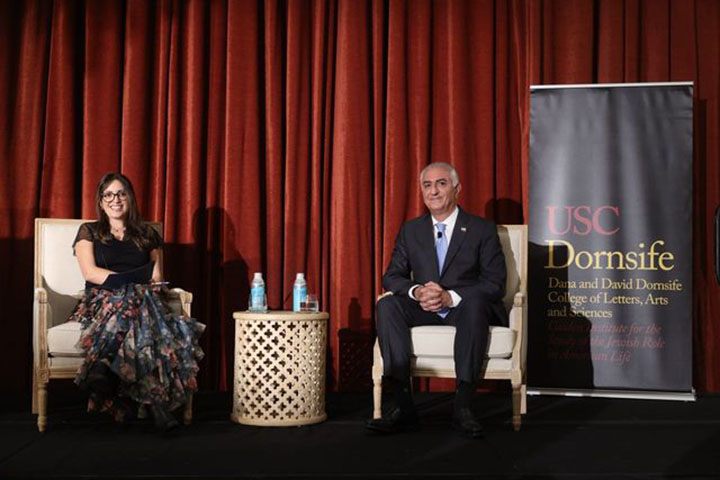An animated film about a racing snail may be far fetched, but the Indianapolis 500 world he competes in was created with authenticity — right down to the treacherous rubber “marbles” that trip racers up.
“Turbo,” the DreamWorks Animation SKG film due in theaters on Wednesday, stars Ryan Reynolds as the voice of Turbo, a garden snail who longs to be a racer. When he miraculously finds himself imbued with super speed racing powers, he heads to the Indy 500.
The studio worked closely with IndyCar, the organization that runs the race, to create an authentic race track and vehicles for “Turbo” while four-time IndyCar Series champion Dario Franchitti served as a primary racing consultant on the film.
For IndyCar, the movie could bring something in short supply in today's world of racing – a younger audience.
“It's no secret that motor sports tend to have an aging fan base,” said Kasey Coler, vice president of marketing at IndyCar. “The fascination of motor sports and what it was in the '70s and '80s is not at that level today. For us to connect with youth is extremely important.”
“Turbo” is DreamWorks' first film rooted in reality, unlike the fantastical worlds of its previous films such as the “Shrek,” “Kung Fu Panda” and “How to Train Your Dragon” franchises among others.
[Related: Jeffrey Katzenberg: Mogul on a mission]
Although a story about a snail that can race 200 mph also requires suspension of disbelief, the film's director David Soren told Reuters that's exactly why “it was important for everything else to be grounded,” including the race itself.
“We wanted it to be the pinnacle of racing, the equivalent of the Oscars for the auto racing world – and that is the Indy 500,” he said.
INDYCAR TAKES CUES FROM 'TURBO'
IndyCar gave the animators what Soren called “unparalleled access” to all its motor speedways in 2011, 2012 and this year. At the Indianapolis Motor Speedway, the filmmakers took thousands of photographs of the facility when it was populated by 400,000 people by day and when it was completely empty late at night.
Franchitti helped explain why cars were positioned in certain ways on the track, how the turbulence underneath the car could affect a snail, or how the “marbles” on the track – tiny balls of rubber created by the racing tires – might be hazardous.
“With Turbo being an inch or two high, the marbles are quite a big part of his point of view at different parts of the film,” Franchitti told Reuters.
Box office forecasters predict “Turbo” may open with less than $40 million in U.S. and Canadian ticket sales over its first weekend, lower than recent DreamWorks hits, but could pick up speed in the following weeks.
Regardless of whether “Turbo” performs well at the box office, IndyCar is adopting the film's logo for the 2014 Indy 500 season. And DreamWorks' creativity might even inspire bigger changes around America's top car-racing venue.
IndyCar chief executive Mark Miles was so taken with how the Indy Motor Speedway was portrayed in the film, it will be using the “Turbo” depiction as a guide when its own three-year Indy Motor redevelopment project begins next year.
“DreamWorks added a touch of modernness, especially around the fan and main pagoda areas,” said Soren of the film's speedway. “We thought, 'That's something to strive towards.'”

































